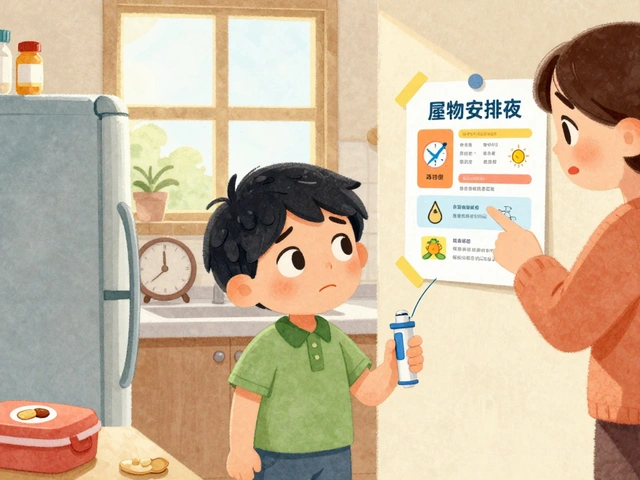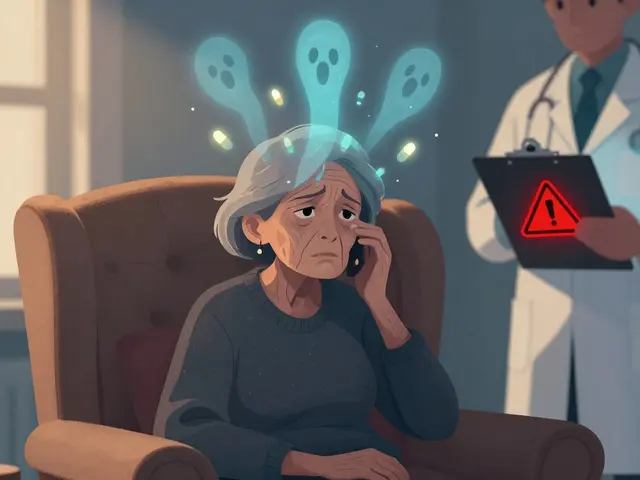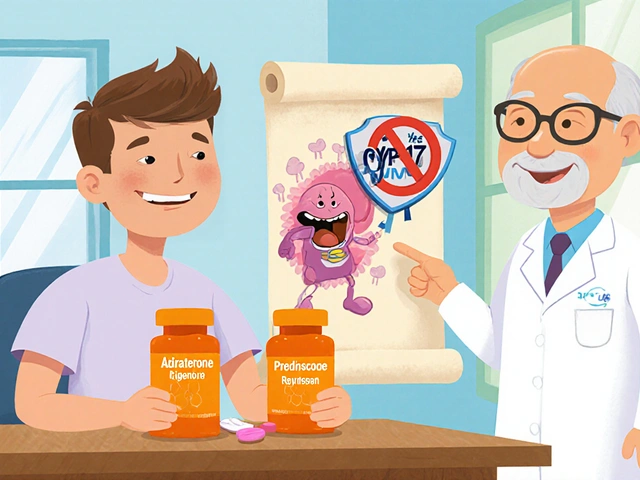Estrogen: what it does and how to spot a problem
Ever feel tired, bloated, or moody and wonder if hormones are to blame? Estrogen is more than a reproductive hormone — it helps your bones, brain, skin, and heart. When levels are too high or too low, your body sends clear signals. Knowing what to look for and what to test can save you time and stress.
Common signs of estrogen imbalance
Low estrogen often shows up as hot flashes, night sweats, irregular periods, vaginal dryness, low libido, and trouble sleeping. You might also notice joint pain or thinning skin. Low estrogen can make bones weaker over time.
High estrogen can cause heavy or painful periods, bloating, breast tenderness, mood swings, and weight gain around the hips. Some people with excess estrogen also report headaches or more frequent mood dips. If you’re on hormone therapy, symptoms that worsen deserve a quick check-in with your provider.
Testing, treatment options, and simple steps you can take
Want to know your levels? Doctors usually check blood estradiol (E2) and may look at FSH and LH if periods have changed. Timing matters — for premenopausal women, tests are often done at a specific point in the cycle. For postmenopausal people, a single estradiol test gives useful info.
Treatment depends on the cause. For low estrogen during menopause, hormone replacement therapy (HRT) can relieve hot flashes, protect bone, and improve sleep and mood. HRT comes in pills, patches, gels, or vaginal products. If excess estrogen is the issue, doctors focus on the root cause—like certain tumors, medications, or lifestyle factors—and treat that specifically.
Be aware of risks: estrogen can raise the risk of blood clots and may affect breast cancer risk depending on type and duration of use. That’s why doctors pick the lowest effective dose and tailor treatment to your health history. Always talk openly about family history, smoking, and past blood clots before starting HRT.
Simple things you can do now: keep a symptom diary to spot patterns, quit or cut back on smoking, move your body regularly (weight-bearing exercise helps bone), eat a balanced diet with calcium and vitamin D, and maintain a healthy weight. These steps support hormone balance and overall health.
If you’re taking other meds, mention estrogen to your provider — it can change how some drugs work. And if you have sudden severe symptoms, like chest pain, shortness of breath, or sudden leg swelling, seek care right away.
Want a next step? Note your top symptoms, get a timed blood test, and schedule a short call with your clinician to review options. Estrogen issues are common and manageable with the right plan.
21
Understanding the progesterone-estrogen balance for optimal health
In my recent blog post, I dove deep into the importance of maintaining a healthy progesterone-estrogen balance for optimal health. I discovered that these two hormones play a critical role in regulating our menstrual cycles, mood stability, and overall well-being. I also learned that an imbalance can lead to various health issues such as irregular periods, weight gain, and even infertility. To establish and maintain hormonal harmony, I shared some practical tips like consuming a balanced diet, engaging in regular exercise, and managing stress effectively. Ultimately, understanding the progesterone-estrogen balance is essential for living a healthy and balanced life.
Latest Posts
Popular Posts
-
 Allergy Action Plan: Essential Medications to Carry and When to Use Them
Allergy Action Plan: Essential Medications to Carry and When to Use Them
-
 Acromegaly: Understanding Excess Growth Hormone and Effective Treatment Options
Acromegaly: Understanding Excess Growth Hormone and Effective Treatment Options
-
 Antipsychotics and Stroke Risk in Seniors with Dementia: What You Need to Know
Antipsychotics and Stroke Risk in Seniors with Dementia: What You Need to Know
-
 Chronic Pancreatitis: Managing Pain, Enzyme Therapy, and Nutrition
Chronic Pancreatitis: Managing Pain, Enzyme Therapy, and Nutrition
-
 Over-the-Counter Medication Safety: Hidden Ingredients and Interactions You Can't Afford to Ignore
Over-the-Counter Medication Safety: Hidden Ingredients and Interactions You Can't Afford to Ignore



